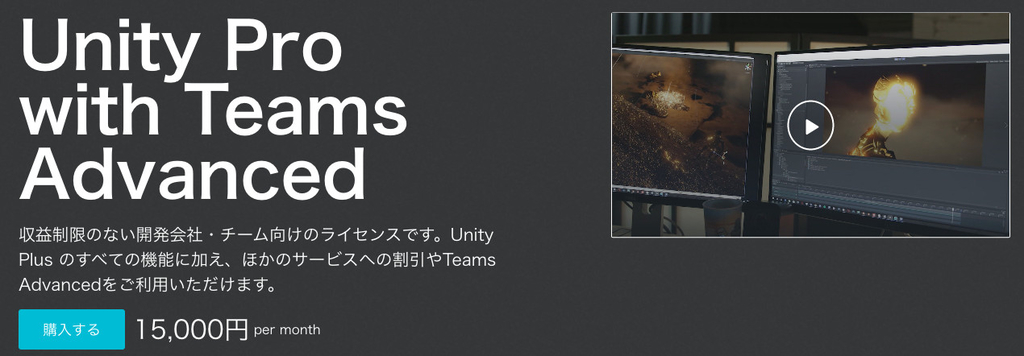
Authentication functionality for Unity apps by wrapping the Auth0 .NET authentication SDK in prefabs that can be easily integrated with Unity scenes.In order to use Auth0 to handle authentication, the application needs to be registered in an Auth0 tenant. If you don't have one, you can sign up here. Registering an application in an Auth0 tenant is easy: you can simply follow the instructions here.The Auth0 Lab Unity SDK is a PROOF OF CONCEPT experimental platform toolkit that makes it easy to add login and other identity features to Unity applications, leveraging Auth0 Authentication API. Although the SDK can be used with any Unity application, this release emphasizes an exploration of the authentication experience in Virtual Reality (VR) applications. As a proof of concept, it is not meant to be used in a production setting.Features:The package contains prefabs and 3 example scenes to help you quickly get started:Device Flow Custom Sample: This is an Auth0 branded example.Device Flow Prompt Sample: Uses Auth0 "white label" style for you to easily change colors and logo.Device Flow Raw Sample: Has no style applied. You can use it to start customizing your flow from scratch.Full source code included allowing you to adapt to your own project's needs.Using this SDK requires completing two tasks: initializing the SDK with parameters connecting the app to an application registration in an Auth0 tenant, and instantiating one of the prefabs that will expose the authentication experience to the app user.Link to documentation:Follow this instruction to set up your login experience https://github.com/auth0-lab/auth0-unity/blob/main/README.mdLink to third party notices:Auth0 Unity SDKEmbedded Auth0 SDK for .NETThis package will let you integrate Auth0's Device Flow with your Oculus VR app to quickly and securely authenticate your users.RequirementsUnity Editor 2020.x (or later).The VR prefab included in Auth0 Unity SDK is optimized for Meta Oculus VR devices and requires you to import Oculus Integration v37 from Unity Asset Store.In order to use Auth0 to handle authentication, the application needs to be registered in an Auth0 tenant. If you don't have one, you can sign up here. Registering an application in an Auth0 tenant is easy: you can simply follow the instructions here.The Auth0 Unity SDK takes care of all details, but if you are curious: the experience offered here implements the authentication flow leveraging the OAuth device authorization grant standard.Auth0 helps you to:Add authentication with multiple authentication sources, either social like Google, Facebook, Microsoft Account, LinkedIn, GitHub, Twitter, Box, Salesforce, among others, or enterprise identity systems like Windows Azure AD, Google Apps, Active Directory, ADFS, or any SAML Identity Provider.Add authentication through more traditional username/password databases.Add support for linking different user accounts with the same user.Support for generating signed JSON Web Tokens to call your APIs and flow the user identity securely.Analytics of how, when, and where users are logging in.Pull data from other sources and add it to the user profile, through JavaScript rules.Warning. Some Unity project templates install an old version of the Version Control package. If that applies to your project, upon importing the Auth0 Unity SDK you will get the "Multiple precompiled assemblies with the same name Newtonsoft.Json.dll included or the current platform. Only one assembly with the same name is allowed per platform." error. This is easily fixed by updating the Version Control package (go to Window -> Package Manager -> Packages: In Project and update it to v1.15.12 or later), or by simply removing it if your project doesn't actually need that package.







